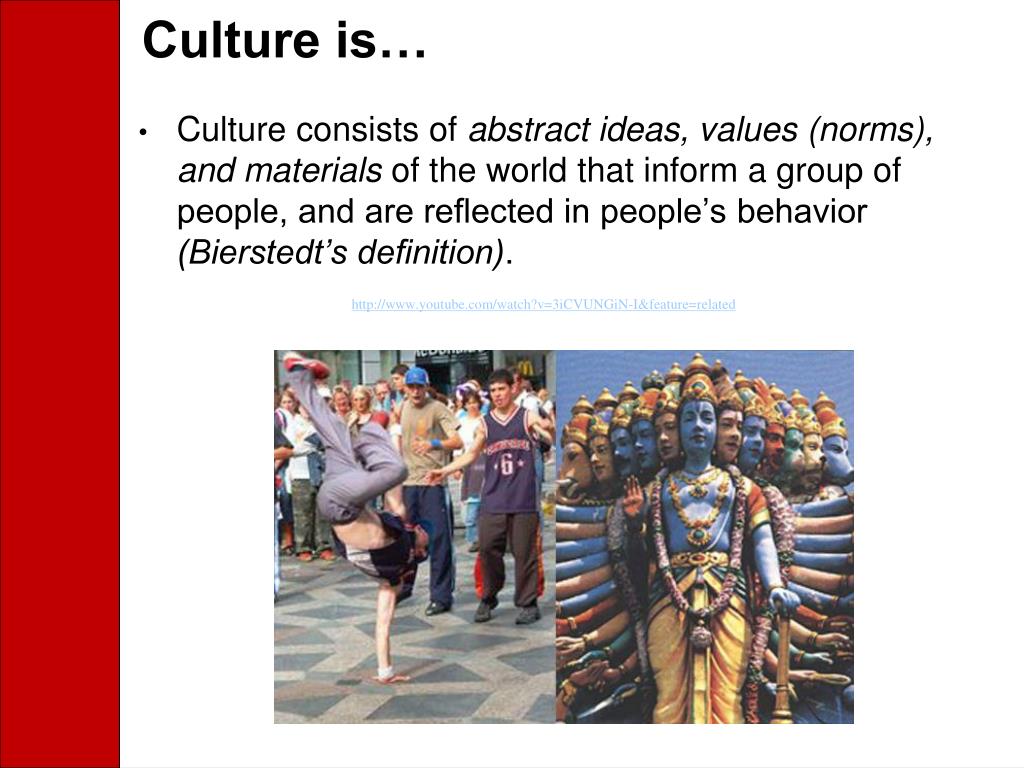

- #Culturally inform definition and examples professional#
- #Culturally inform definition and examples series#
Multiculturalism is defined by the Encyclopedia Britannica as, “the view that cultures, races, and ethnicities, particularly those of minority groups, deserve special acknowledgment of their differences within a dominant political culture.” Photo by Omar Lopez on Unsplash Cultural Diversity – DefinedĬultural diversity is synonymous with multiculturalism.
#Culturally inform definition and examples professional#
Let’s get into the details of how cultural diversity can take shape in professional settings, within educational institutions, and overall, in most aspects of life. So, what is cultural diversity and why does it matter? It’s a good rule of thumb to honor cultural diversity with your actions. Culture is a broad term that encompasses beliefs, values, norms, behaviors, and overall can be understood as our “way of being.” When you go out into the world, you will come into contact with people from different backgrounds and walks of life. There are 6 principles of trauma-informed practice: safety, trust, choice, collaboration, empowerment and cultural consideration.The things you do and the practices you were taught inform who you become. Key principles of trauma-informed practice Instead, it seeks to address the barriers that people affected by trauma can experience when accessing health and care services. The purpose of trauma-informed practice is not to treat trauma-related difficulties, which is the role of trauma-specialist services and practitioners. Re-traumatisation is generally triggered by reminders of previous trauma which may or may not be potentially traumatic in themselves. It seeks to avoid re-traumatisation which is the re-experiencing of thoughts, feelings or sensations experienced at the time of a traumatic event or circumstance in a person’s past. Trauma-informed practice acknowledges the need to see beyond an individual’s presenting behaviours and to ask, ‘What does this person need?’ rather than ‘What is wrong with this person?’. It seeks to prepare practitioners to work in collaboration and partnership with people and empower them to make choices about their health and wellbeing. It aims to improve the accessibility and quality of services by creating culturally sensitive, safe services that people trust and want to use. Trauma-informed practice aims to increase practitioners’ awareness of how trauma can negatively impact on individuals and communities, and their ability to feel safe or develop trusting relationships with health and care services and their staff. Recognise the signs, symptoms and widespread impact of trauma Trauma-informed practice is an approach to health and care interventions which is grounded in the understanding that trauma exposure can impact an individual’s neurological, biological, psychological and social development. Working definition of trauma-informed practice Realise that trauma can affect individuals, groups and communities While unique to the individual, generally the experience of trauma can cause lasting adverse effects, limiting the ability to function and achieve mental, physical, social, emotional or spiritual well-being.
#Culturally inform definition and examples series#
Trauma results from an event, series of events, or set of circumstances that is experienced by an individual as harmful or life threatening. This working definition will be kept under review and updated where appropriate to reflect new evidence. The evidence base exploring the use of trauma-informed practice in different settings and sectors is still being developed.

The working definition presented in this document reflects the original internationally recognised definition developed by the United States Substance Abuse and Mental Health Services Administration (SAMHSA). This document seeks to address this gap by providing a working definition of trauma-informed practice for practitioners working in the health and care sector. However, there has been a lack of consensus within the health and social care sector on how trauma-informed practice is defined, what its key principles are and how it can be built into services and systems. They build on evidence developed over several decades.

Trauma-informed approaches have become increasingly cited in policy and adopted in practice as a means for reducing the negative impact of trauma experiences and supporting mental and physical health outcomes.


 0 kommentar(er)
0 kommentar(er)
